HR is a field that is very turbulent in today’s time.
The industry; just recovered from a pandemic. Two years of losses most probably. HR has been on an all time low.
But if one was to predict the future of HR in 2022, these are the trends that are very likely to describe the current HR situation:
-
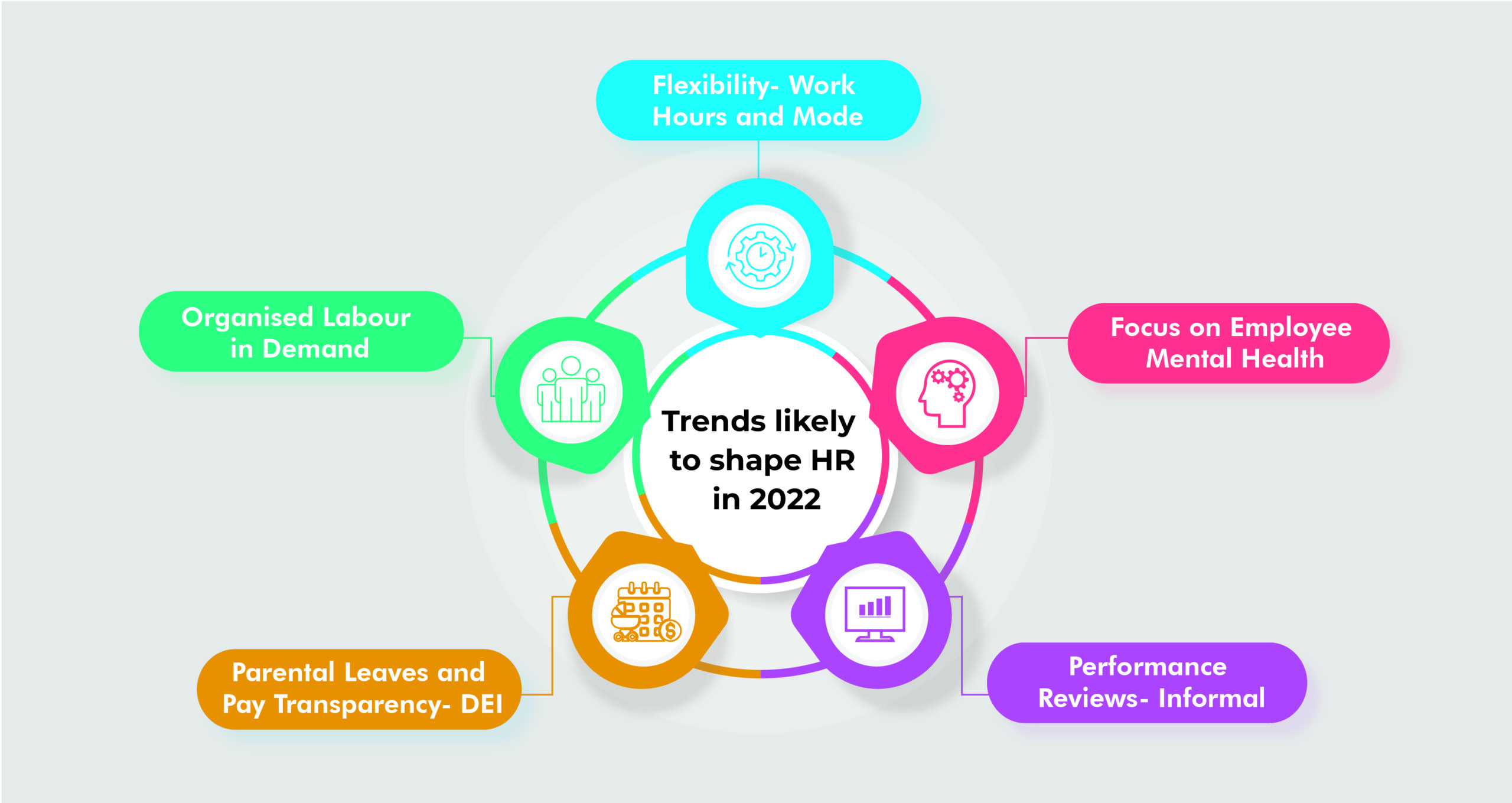 Flexibility- Work Hours and Mode
Flexibility- Work Hours and Mode
Even the most conventional organisations have resorted to the hybrid mode of working now. This is due to the impositions laid because of the pandemic. Besides that, the labour and talent shortage has also affected. Employers are more confident that work can get done despite drastic changes to the standard work style. This gives HR more freedom to experiment. Whether that means letting employees pick their own hours, introducing a four-day work week or following some other path. Still, there are challenges linked to hybrid working which need to be looked at. You can read more about these challenges here.
-
Focus on Employee Mental Health
Now more than ever before is the need to focus on employees’ mental health. While questions concerning the COVID-19 vaccination may still be relevant in 2022, employee benefits will have to cope with other healthcare issues. For example, given that patient populations have had increased exposure to virtual care during the pandemic, experts have speculated about its role in improving care delivery. According to Adam Stavisky, Walmart’s senior vice president of U.S. benefits, the need for prompt care access will be increasing in the next year.
Here are 6 Ways managers can support employee mental health at workplace.
-
Performance Reviews- Informal
Over the last two years, managers have been exposed to a more human and casual side of their staff. From hearing dogs barking in the backdrop of a video call to embracing patience while colleagues manage kid or elder care. This development has aided in the dismantling of hierarchical barriers. And the facilitation of flexibility and informality in other elements of the job, such as performance management as well.
-
Parental Leaves and Pay Transparency
Pinterest, recently rolled out a NICU benefit in addition to extending its parental leave to six months for the birthing parent. This is a great example of how much parental leaves matter in today’s time. Alongside the parental leave policy, pay transparency matters to employees as well. Employees want to know the breakdown of their salaries. A company must not stop an employee from knowing it.
-
 Organised Labour in Demand
Organised Labour in Demand
After the two gruelling years, organisations want to make sure they recover all the losses they have suffered. To do this, employers wish to hire only skilled employees. It is very obvious that employers might want to do so. This implies that there is and will be a huge demand for organised labour in the following days.
To summarise, following are the 6 trends that are very likely to shape HR in the rest of 2022:
- Flexibility in Working Hours & Modes
- More Focus on Employee Mental Health
- Informal Performance Reviews
- Parental Leaves and Pay Transparency
- Demand for Organised Labour


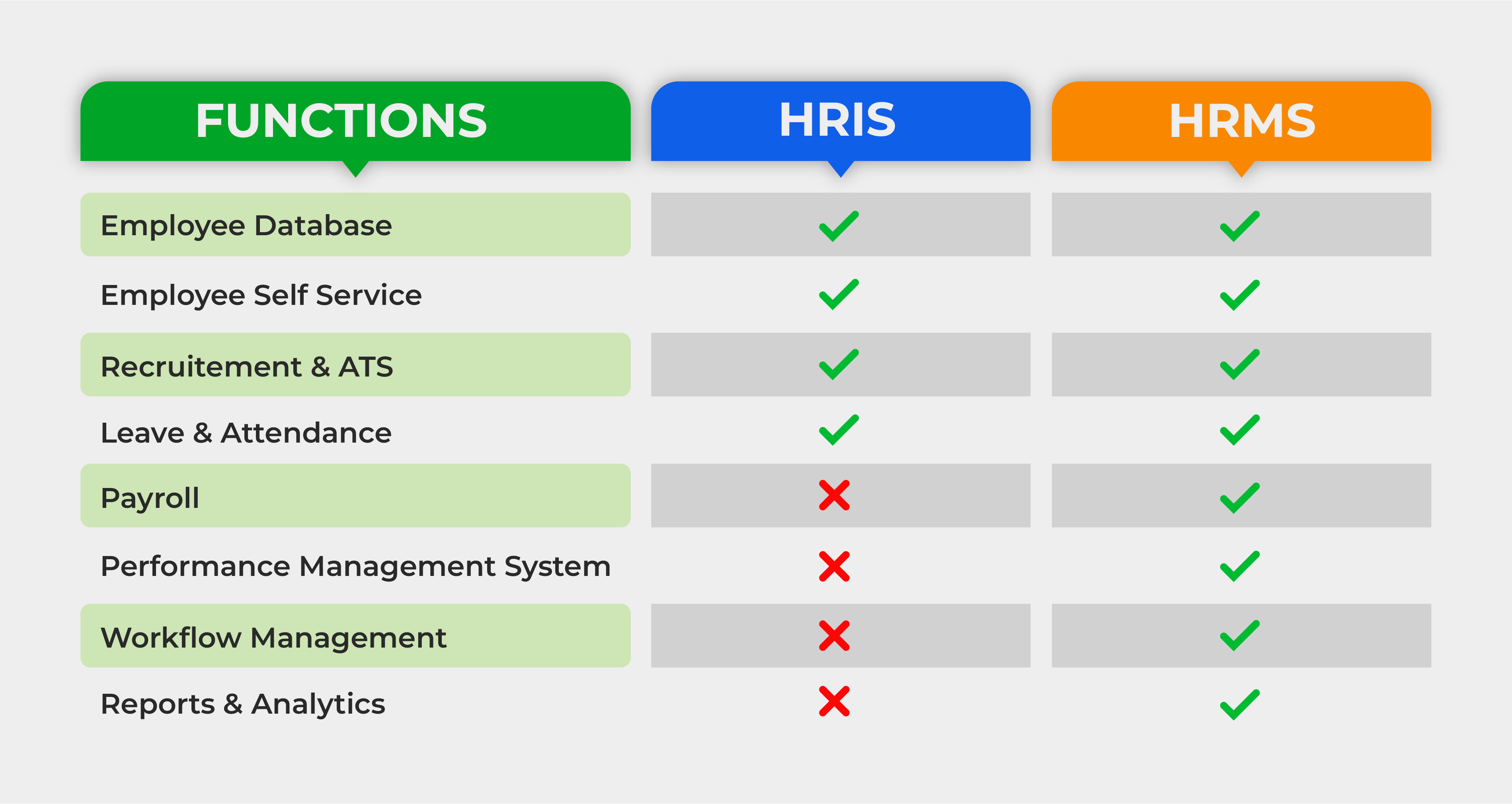

 – Covid-19
– Covid-19

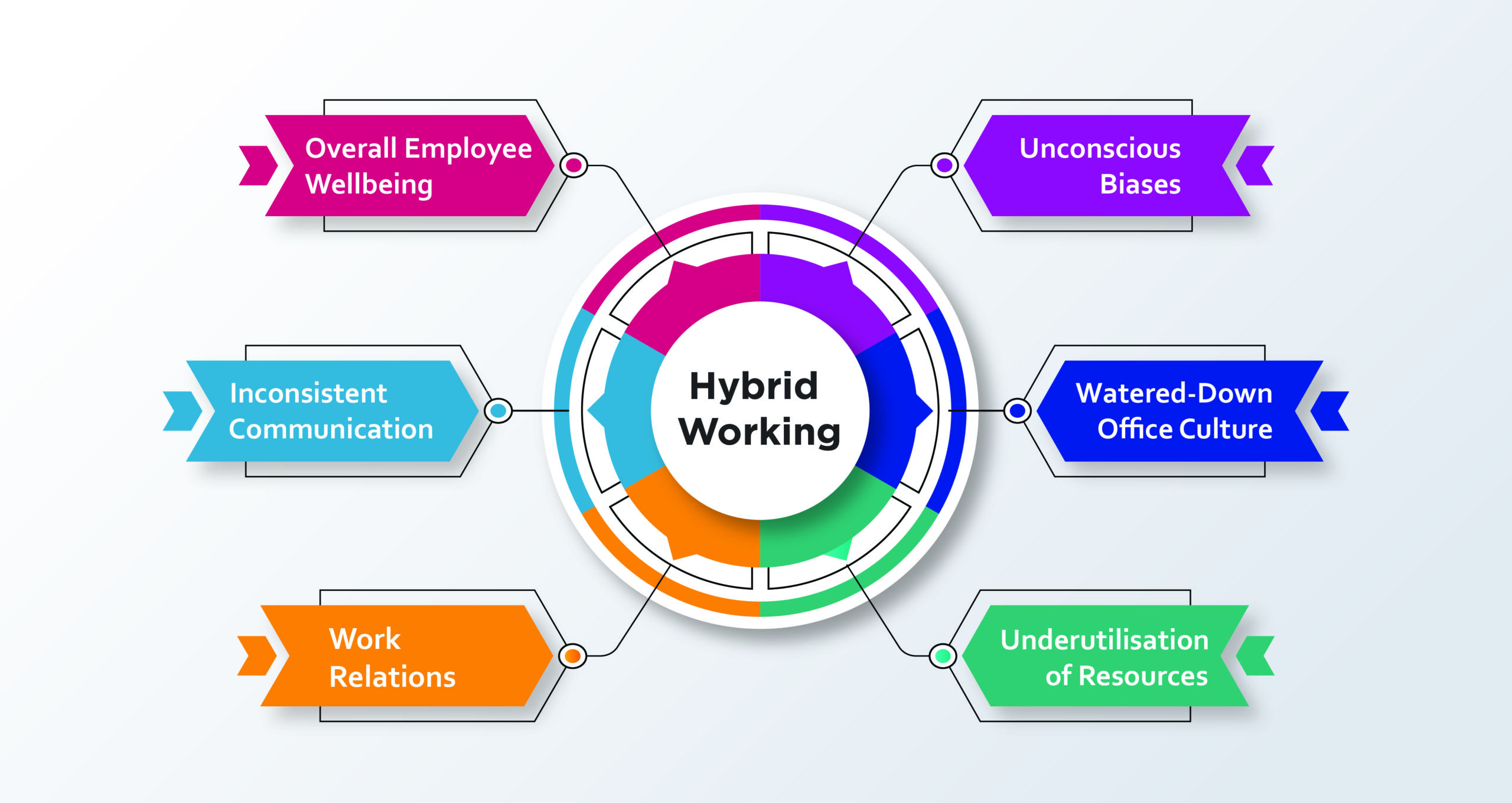 – Unconscious Biases
– Unconscious Biases
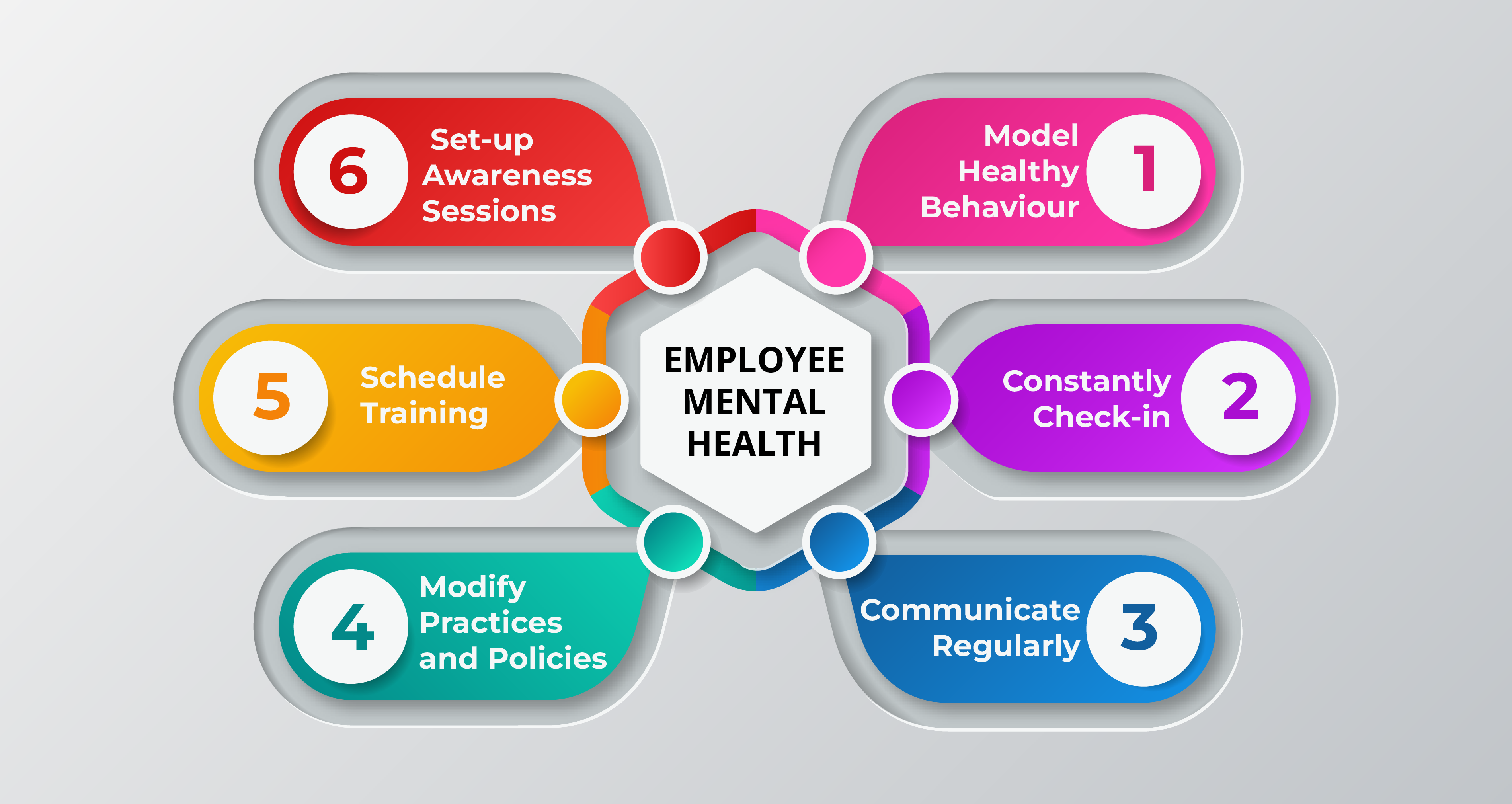 – Model Healthy Behaviour
– Model Healthy Behaviour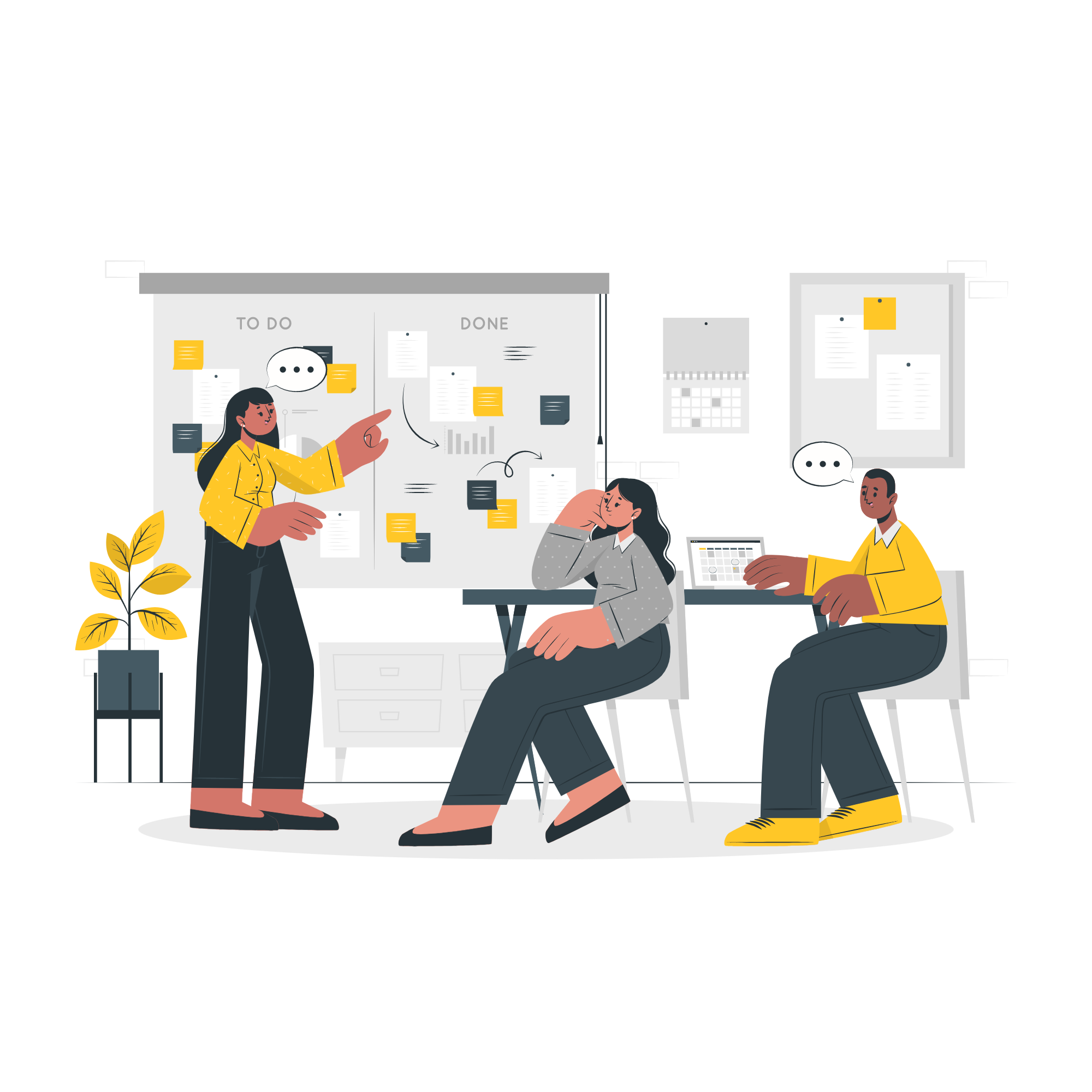
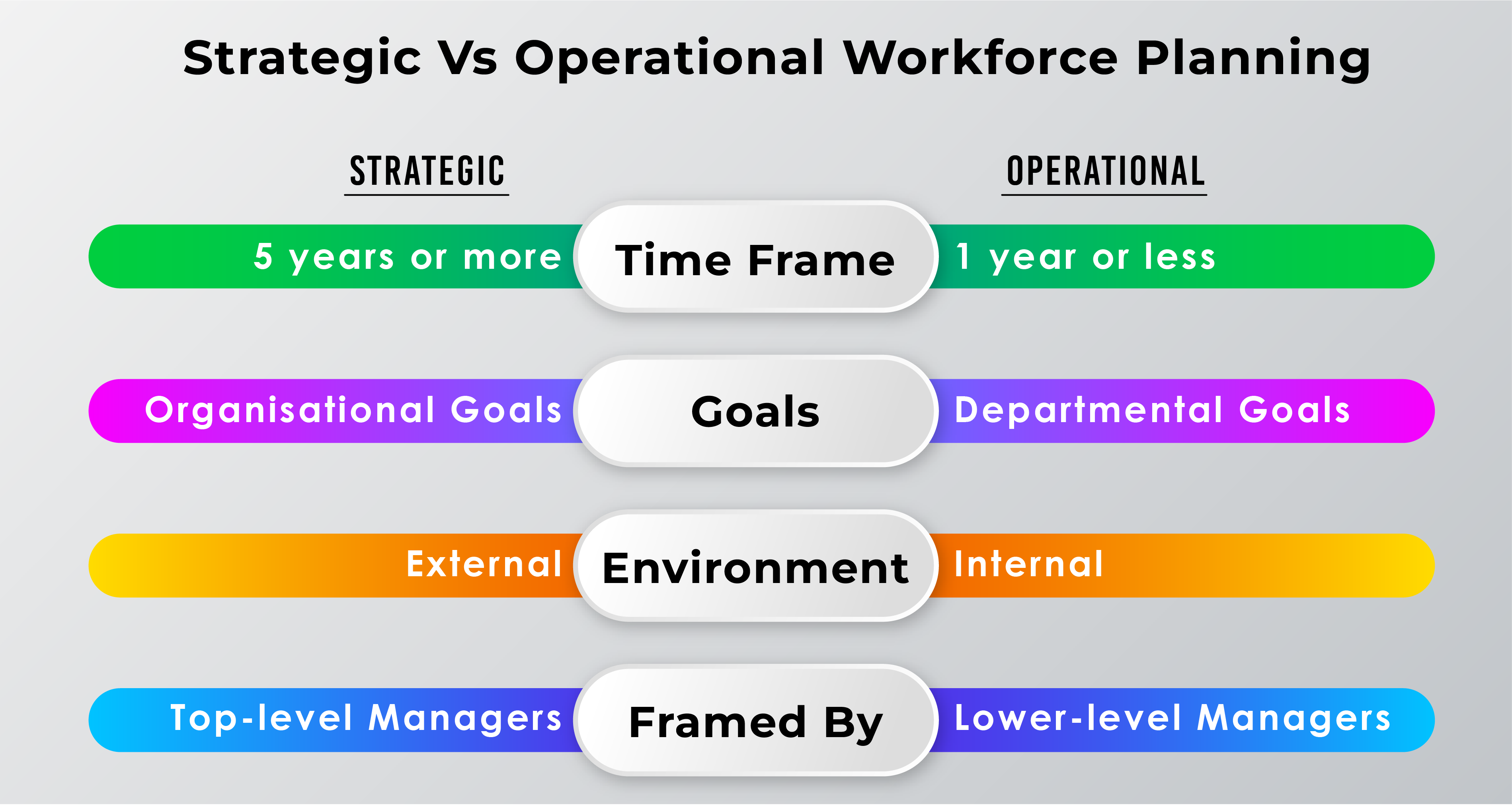 Time Frame:
Time Frame:
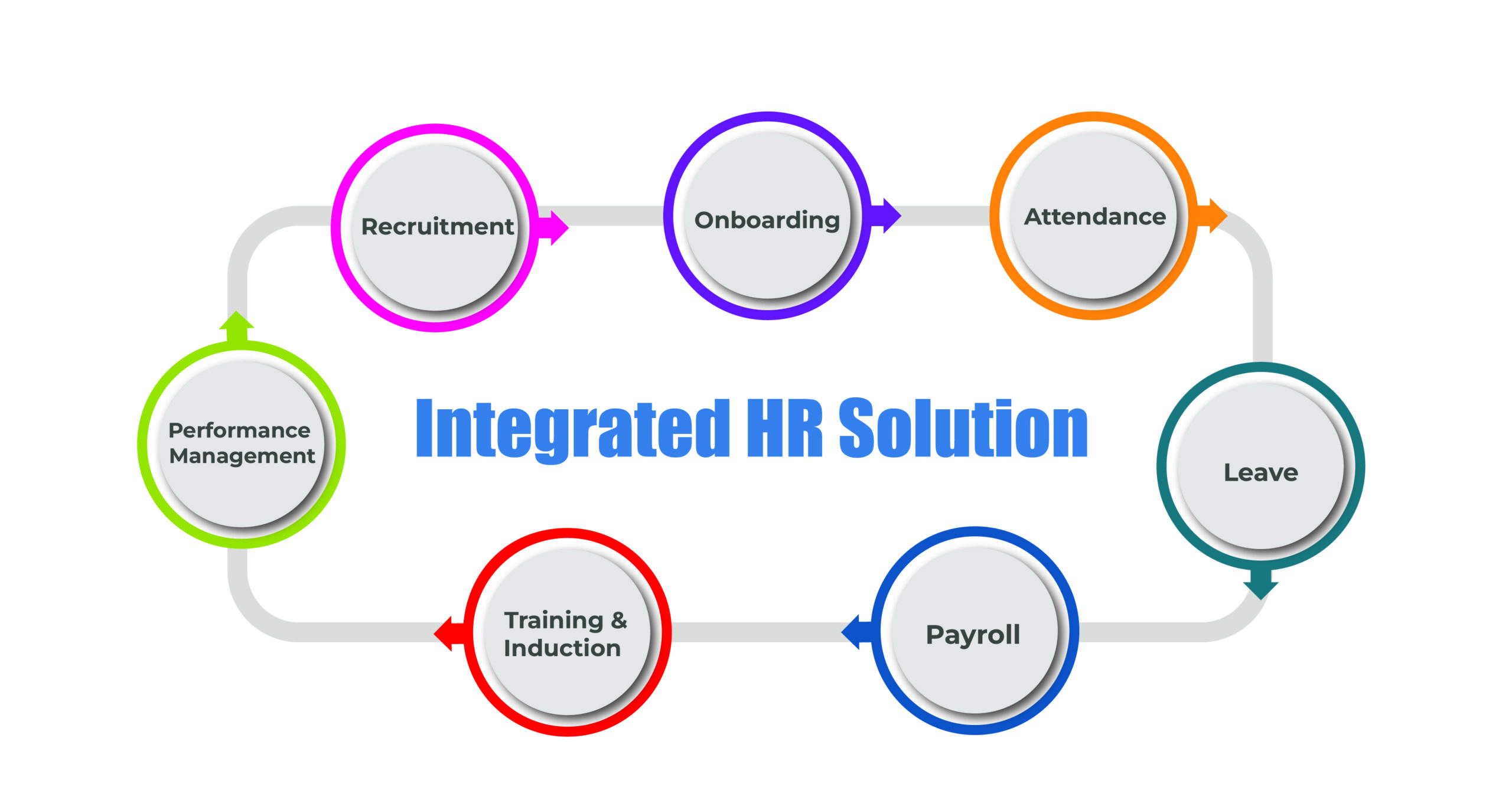 Recruitment
Recruitment



 – Know your Employees
– Know your Employees
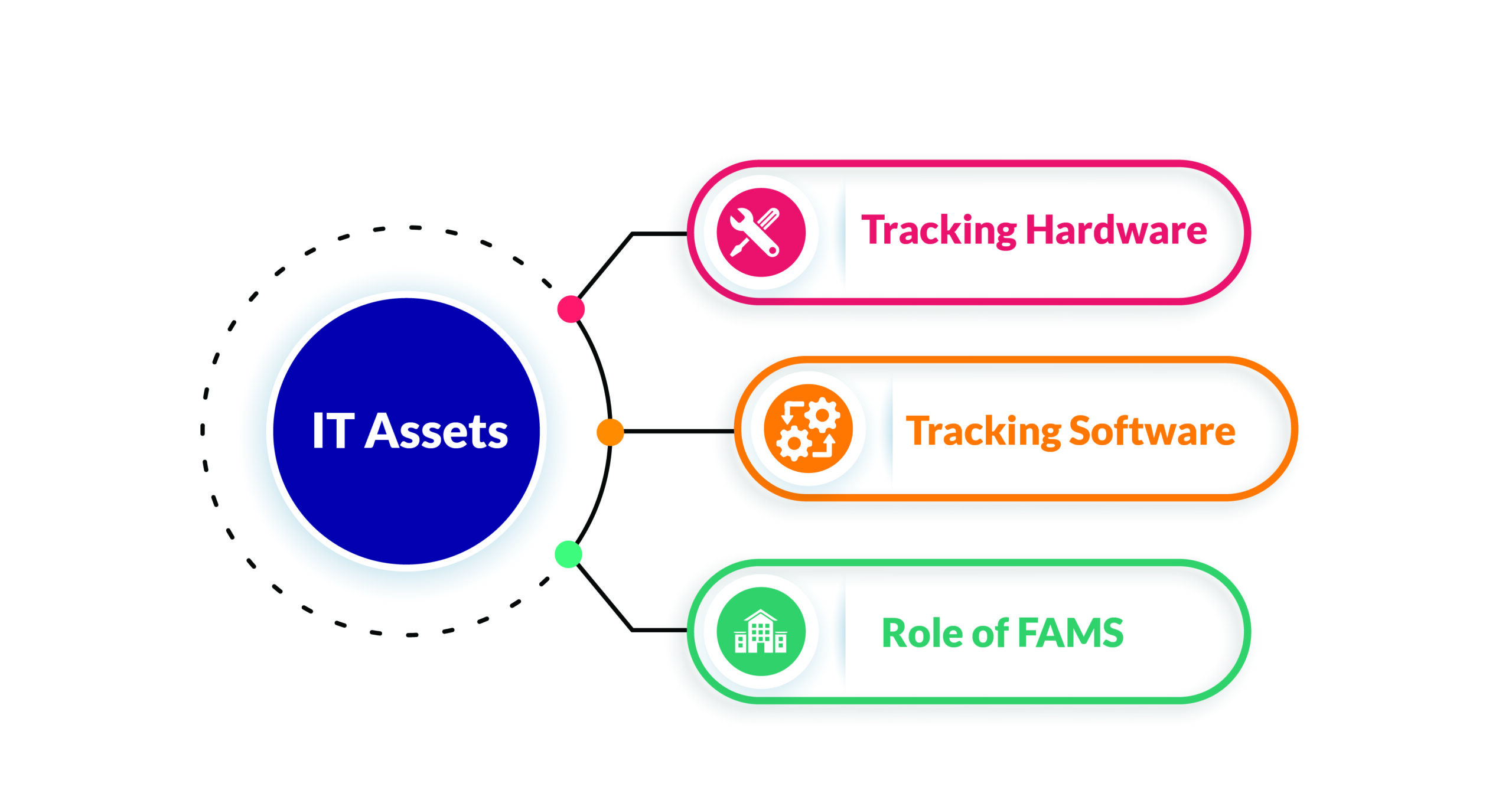 – Tracking Hardware
– Tracking Hardware